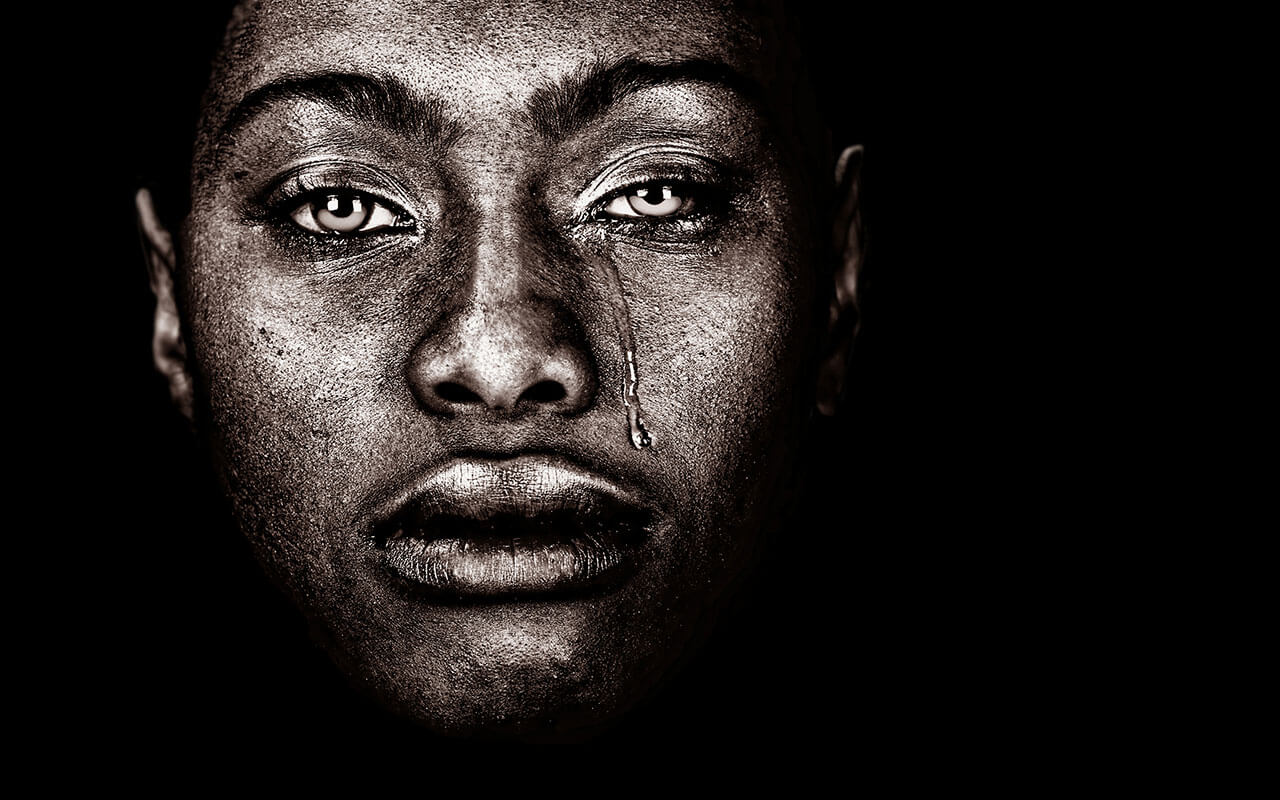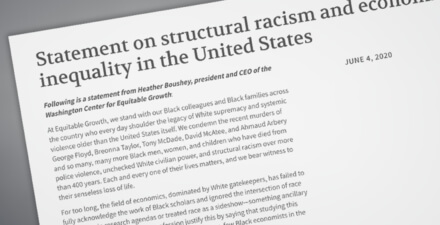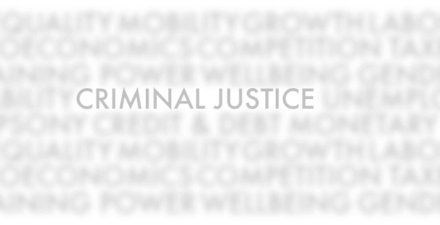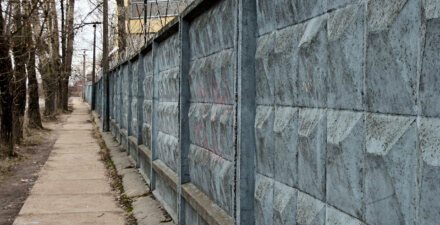Elevating economic research on racist violence and exclusion in the United States

On May 25, 2020, a police officer murdered George Floyd in Minneapolis, Minnesota. This public killing was one of the most recent murders of Black people either by law enforcement or by civilians who faced no immediate consequences for their actions. Earlier in the month, the two men who shot and killed Ahmaud Arbery, a Black man out for a run in Georgia, were finally arrested for the February shooting, but only after national attention and sustained public outrage. The case of Breonna Taylor, an emergency medical technician murdered by police in Louisville, Kentucky as she lay in her own bed, similarly took months to gain national attention. These and so many other tragedies—the lost lives of Tony McDade, David McAtee, and far too many others—underscore the unacceptable view of the expendability of Black lives, and have sparked days of protests, uprisings, and civil resistance across the United States.
To understand the present moment, decades of research demonstrates the undeniable harm caused by racism and the persistent damage that is present today. The Kerner Commission was assembled in 1967 to investigate the causes of uprisings at that time and issued its final report in early 1968. This report had its own flaws and shortcomings, as many researchers detailed on its 50th anniversary, such as failing to capture the institutionalized mechanisms of racism, its silence on White rage, the invisibility of Black women, and the lack of Black technical staff involved in the research itself. The report, however, directly identified White racism as the underlying cause of the uprisings of the 1960s and described specific practices, such as police brutality, directly contributing to the unrest. Yet many of the disparities discussed in the report remain the same or are even worse today due to the choices and neglect of policymakers over the intervening five decades.
The violence and repression wielded against Black people, often carried out by authorities at all levels of government in the country or implicitly sanctioned by those same authorities, is deployed in order to minimize Black Americans’ political power and economic opportunity. It is older than the United States itself, enshrined in the founding charters of the original 13 colonies, and it has thrived in southern as well as northern states, in cities and suburbs, and in rural areas. Segregation, mass incarceration, and wealth-stripping practices—all variations of racialized control over Black people deployed in the service of White dominance—also have intergenerational effects, constraining opportunity for later generations.
It is impossible to understand our economy, our failure to ensure broad-based growth and stability, and the economic connections to social and political power without addressing these forces in our policy frameworks and policymaking. That’s why the Washington Center for Equitable Growth is elevating key empirical research from our network of academics and grantees, along with other researchers. We focus here on incarceration and police militarization, as well as economic consequences of racist violence, exclusion, and disenfranchisement. This list is not exhaustive, but it highlights some of the important work that examines the pervasive role of White supremacy in limiting and destroying economic opportunity for Black communities in order to anchor this framing in future research and policy solutions.
Equitable Growth would be remiss not to mention the work of the National Economic Association, founded in 1969 as the Council of Black Economists. NEA has led decades of work that both elevates the professional careers of Black economists and exposes the structural mechanisms of U.S. racial inequality and oppression. Through all of this work, it is clear that the legacy and continued presence of structural racism distorts economic stability and growth through many channels, in ways both direct and subtle. And it makes clear that sweeping policy solutions, such as reparations, will be necessary to center racial justice in an economic agenda.
Equitable Growth must still do much more to address the ongoing forces and effects of our country’s deep and systemic racism, including within our organization and our profession. The racial inequities built into the foundation of our economic system will continue to block and constrict the pathways to economic growth and stability unless we do the work to identify them, name them, and address them. Going forward, we will continue to fund and elevate research that places Black lives and the role of race and power at the center of the analysis, based on cutting-edge research, with policymakers and the media.
- Research by Lisa Cook, a member of the Washington Center for Equitable Growth’s Research Advisory Board and an economist at Michigan State University, shows how hate-related violence against African Americans in the late 19th and early 20th centuries significantly harmed economic activity and innovation. Cook finds that ethnic and political violence and segregation laws between 1870 and 1940 led to 1,100 fewer patents among African American inventors during this time period, with this lost output equivalent to a medium-sized European country.
- Further research by Cook—along with grantee Trevon Logan, the Hazel C. Youngberg Trustees Distinguished professor of economics at The Ohio State University and a research associate at the National Bureau of Economic Research, and John Parman, the Paul R. Verkuil Distinguished associate professor of economics at the College of William and Mary and the National Bureau of Economic Research—also explores the relationship between interracial violence and residential segregation. The authors find that segregation doubled between 1880 and 1940, and was especially high in the South. They also find that more segregated areas saw higher levels of interracial violence, specifically lynching: “Past lynching activity predicts the outflow of the Black migrants from a county but not the segregation of the remaining Black households.”
- Additional recent research by Logan examines the effect that Black enfranchisement and political representation had on public finance during Reconstruction, immediately after the Civil War. He finds that “an additional Black official increased per capita county tax revenue by $0.20, more than an hour’s wage at the time,” and the effect disappeared when Black officials were removed from office later in the century. The presence of Black public officials, who generally prioritized public education and land redistribution, also led to increased tenant farming and decreased sharecropping, as well as higher literacy rates among Black men—improving economic outcomes and economic opportunity for Black communities.
- Identifying and measuring the specific impacts of racism can be a challenge, but economic tools can help bring them to light. Jhacova Williams, an economist at the Economic Policy Institute, uses the presence of streets named after Confederate generals as a proxy for racial animus in a recent working paper. Her analysis shows worse labor market outcomes for Black people living in areas with Confederate-named streets and suggests that this labor market penalty could be due to persistent racial resentment in these areas.
- Grantee Ellora Derenoncourt of Princeton University examines how cities changed in response to the influx of Black families during the Great Migration out of the South between 1940 and 1970, finding that destination cities changed in ways that reduced the economic opportunities available to children, especially Black children. As Black families moved in, seeking safety and economic opportunity, White families withdrew to the suburbs, and public expenditures in those increasingly segregated cities fell—with the exception of spending on policing, which rose. Derenoncourt’s analysis shows that these changes explain 27 percent of the region’s present-day racial gap in upward mobility, with the greatest effects on Black men.
- As this research shows, outcomes for Black residents in northern states are often very poor compared to those of White residents, and the gaps for Minnesota—the place of George Floyd’s murder—are particularly large compared with other states. Former National Economics Association President and University of Minnesota economist Samuel Myers Jr. coined the term “the Minnesota Paradox” to describe these extreme racial inequities in income and relative greater opportunity for Black residents in Minnesota. Myers identifies the source of these gaps in compounding intergenerational inequities around wealth and opportunity, such as homeownership and access to bank loans, which continue to constrain Black communities’ economic well-being.
- Equitable Growth grantee Robynn Cox, an assistant professor at the University of Southern California’s School of Social Work, explores the intersection of crime, incarceration, and employment. She begins by examining the rise of incarceration, which was driven by policy changes and not individual behavior, and how it has affected the labor market and future outcomes for young Black men. Cox’s analysis then examines the potential implications of the Great Recession on unemployment and incarceration, as unemployment for Black youth reached 40.8 percent in September 2009: Incarceration widened racial employment gaps even as a lack of employment raises the likelihood of criminal involvement and incarceration. She argues for shifting public investments from incarceration to youth outcomes in light of not only the threat of incarceration but also persistent discrimination in the labor market.
- In a Vision 2020 essay on race and criminal justice, Cox further explores many of the changes in federal crime-control policies that have contributed to today’s racial disparities in incarceration and offers several policy recommendations. Among other key points, she calls for solutions that address structural barriers and calls for a federal audit of crime-control programs and policies “to understand their impact on historically marginalized groups … and then defund programs that inadvertently lead to greater net social harm, that increase racial disparities, or that have a disproportionate burden on historically marginalized communities.”
- Research Associate Khaing Zaw of Duke University, economist Darrick Hamilton, the executive director of the Kirwan Institute for the Study of Race and Ethnicity at The Ohio State University and a Equitable Growth grantee, and grantee William Darity Jr., the Samuel DuBois Cook professor of public policy, African and African American studies, and economics at Duke University and an Equitable Growth Research Advisory Board member, used data from the 1979 cohort of the National Longitudinal Study of Youth to study the connection between racial disparities in wealth and incarceration. The three co-authors find that Black men were consistently most likely to experience incarceration at some point in life at every level of wealth. People with less wealth were more likely to be incarcerated than those with higher levels of wealth and experiencing incarceration had severe impacts on later wealth, but in ways that compounded overall racial wealth gaps. For Black men and women, possessing even relatively small amounts of wealth ($2,000) in their 20s and 30s could dramatically reduce the odds of becoming incarcerated in the short term. At the same time, White people who had been incarcerated had even greater wealth than Black people who had never been incarcerated.
- Broad legal protections for law enforcement, such as qualified immunity and various state laws, may increase police misconduct. In addition, many police unions have also worked to create processes that shield officers from accountability. A working paper at the University of Chicago Coase-Sandor Institute for Law & Economics by Dhammika Dharmapala, Richard McAdams, and John Rappaport of the University of Chicago Law School suggests that collective bargaining rights for sheriffs’ offices increased the number of violent incidents of misconduct by those offices.
- Police militarization is correlated with residential segregation. Research by Gbenga Ajilore, a senior economist at the Center for American Progress, finds that counties with larger relative African American populations are less likely to acquire mine-resistant, ambush-protected vehicles, which were developed to withstand improvised explosive devices in Iraq. At the same time, counties with greater residential segregation are more likely to have such militarized vehicles.
The broad research reviewed here demonstrates the link between anti-Black racism and White supremacy, policing and incarceration, and racial economic inequality. Reparations have been proposed as a measure to address the history of state-sanctioned violence and oppression of Black Americans. Vision 2020 author Dania Francis, an economist at the University of Massachusetts Boston, explores what it would take to institute a reparations program in the United States. She discusses the logistical questions of eligibility, financing, and the amount and form reparations could take, depending on the goals of the program. “In this way,” Francis concludes, “centuries spent by African Americans not sharing in the full fruits of phenomenal U.S. economic growth over the course of the past 400 years can be addressed, so that they can more fully contribute to and accrue the full benefits of living in the world’s wealthiest nation in history.”







